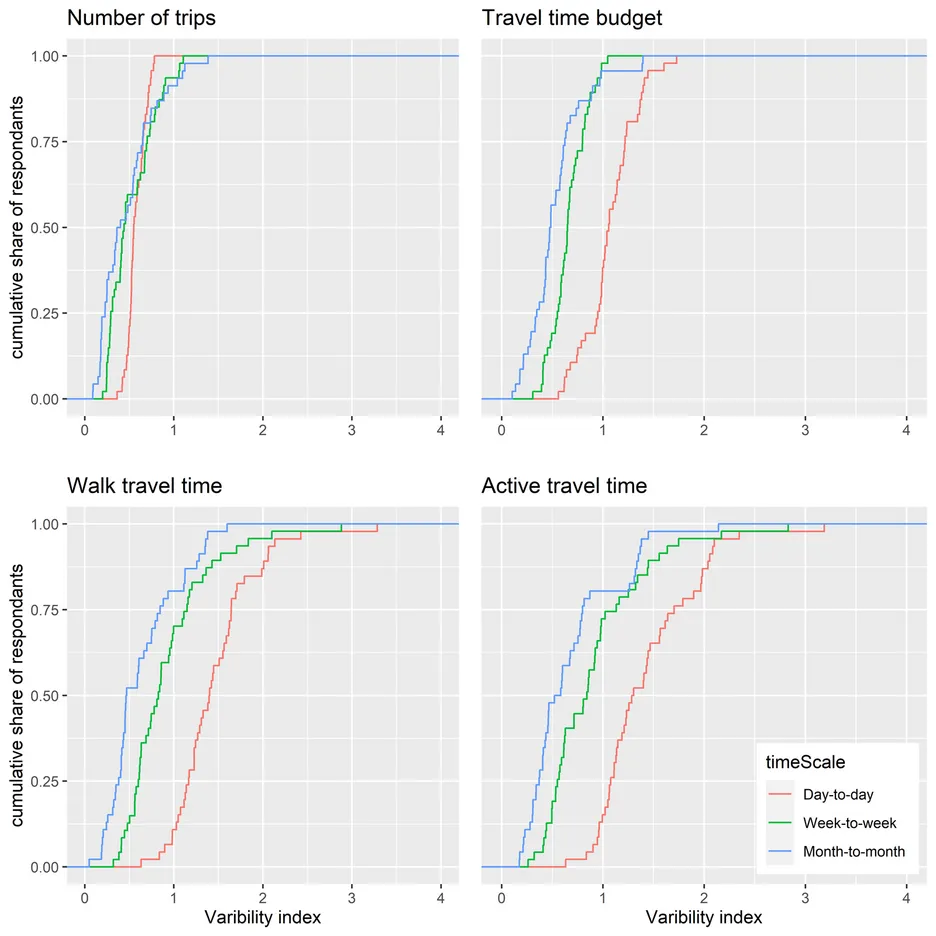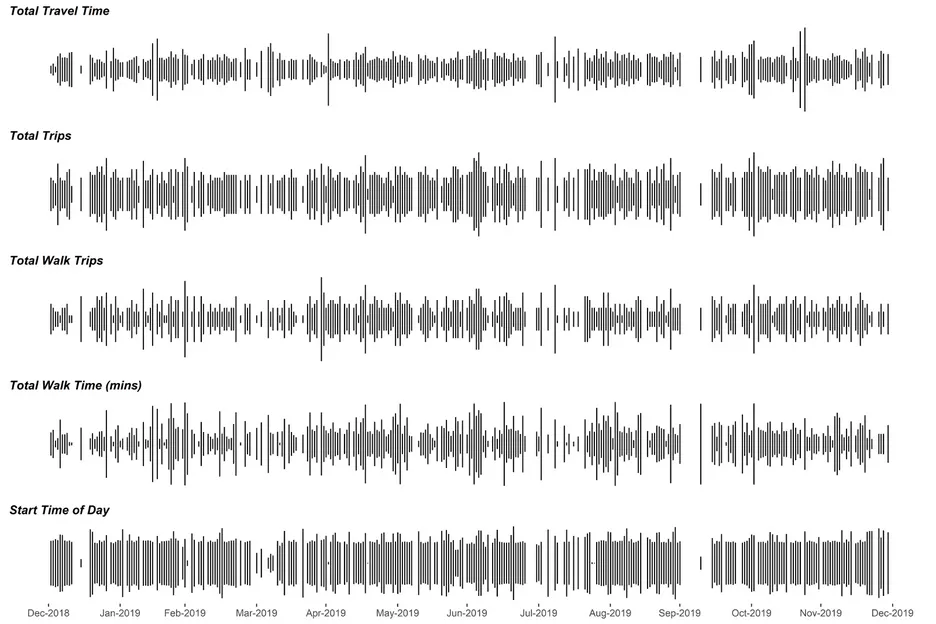Transport modeling and travel behavior research
The Focus Group Modeling Spatial Mobility (MSM) concentrates on integrated land use/transport modeling and travel behavior research. This includes developing models of land use, transportation, and related issues such as environmental impact and health. This also includes the spatial analysis of travel behavior and location choice of households and firms. The interaction between land use and transportation is of particular interest.


Focus Group Modeling Spatial Mobility
Prof. Rolf Moeckel (TUM), Rudolf Mößbauer Tenure Track Professor | Prof. Kelly J. Clifton (Portland University), Alumna Hans Fischer Senior Fellow | Dr. Ana Tsui Moreno Chou, Dr. Carlos Llorca Garcia, (TUM), Postdoctoral Researchers Wei-Chieh Huang, Nico Kühnel, Alona Pukhova, Cat Silva, Qin Zhang, (TUM), Doctoral Candidates | Host: Modeling Spatial Mobility, TUM
An integrated land use/transport modeling suite has been implemented for the Munich Metropolitan Area. The base year is 2011, and the model simulates land use and travel behavior through 2050. The study area consists of 444 municipalities with a population of 4.5 million. The study area has been delineated on the basis of commuter flows. The size of the study area was chosen because of long distances many people commute, motivated in part by the rather high cost of living in Munich. The modeling suite consists of the land use model SILO, the travel demand model MITO, and the assignment model MATSim. The former two were developed from scratch by this research group, and the latter was developed at ETH Zurich and TU Berlin. All three models are built as agent-based models that simulate individual households and persons.
In cooperation with Hans Fischer Senior Fellow Kelly Clifton from Portland State University, we further integrated the existing modeling suite with the pedestrian model MoPeD. MoPeD has been reestimated with Munich data and integrated with the above-described SILO/MITO/MATSim modeling suite. All models developed by this research group are open source under the GNU license and provided free of charge at github.com/msmobility. Interested users are welcome to download, use, and further develop these models. As far as legally possible, data to run these models are shared as well.
Complementing this work is the exploration of walking behaviors and the links to health outcomes using novel data sources. The emergence of longitudinal, location-based data offers the potential to understand the variability of individual activity and travel patterns. Recent studies have found that people have a large variability in daily travel behavior [1, 2]. The level of variability could be quite different when analyzed at different temporal scales. Most of the recent studies have focused on the daily or weekly level [3-5], but few have had the opportunity to observe variability at the monthly, seasonal, and annual scales due to the lack of longitudinal data. Google Location History (GLH) data, as a novel data source, can provide a rich data set in travel behaviors at a fine temporal scale over a long time period.
A survey was conducted to collect information about individuals’ personal characteristics, household attributes, the occurrence of major life events, and volunteers’ GLH data. The research aims at investigating travel regularity and irregularity based on GLH data for a small sample of individuals (N<30). The results show that individuals tend to have a regular start time of daily activity. On a monthly basis, people expend a relatively fixed amount of time on travel, but the daily travel time budget is less fixed. In addition, individuals have a high variability in walking time. Further analysis indicates that weekly walking time is highly dependent on personal characteristics (e.g., age, occupation, car ownership), temporal attributes (e.g., day of the week, weather condition and holiday), and spatial attributes of the home location (e.g., area type, activity density).
Figure 1
Figure 2
[1]
E. Heinen and K. Chatterjee, “The same mode again? An exploration of mode choice variability in Great Britain using the National Travel Survey”, Transportation Research Part A: Policy And Practice, vol. 78, pp. 266-282, 2015.
[2]
C. Raux, T. Ma and E. Cornelis, “Variability in daily activity-travel patterns: the case of a one-week travel diary”, European Transport Research Review, vol. 8, no. 4, 2016.
[3]
O. Järv, R. Ahas and F. Witlox, “Understanding monthly variability in human activity spaces: A twelve-month study using mobile phone call detail records”, Transportation Research Part C: Emerging Technologies, vol. 38, pp. 122-135, 2014.
[4]
M. González, C. Hidalgo and A. Barabási, “Understanding individual human mobility patterns”, Nature, vol. 453(7196), pp. 779-782, 2008.
[5]
K. Geurs, T. Thomas, M. Bijlsma and S. Douhou, “Automatic Trip and Mode Detection with Move Smarter: First Results from the Dutch Mobile Mobility Panel”, Transportation Research Procedia, vol. 11, pp. 247-262, 2015.

